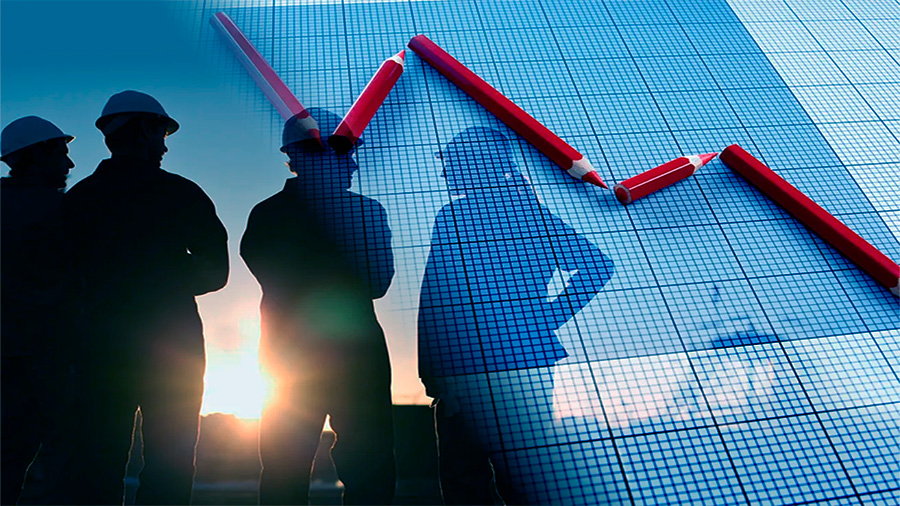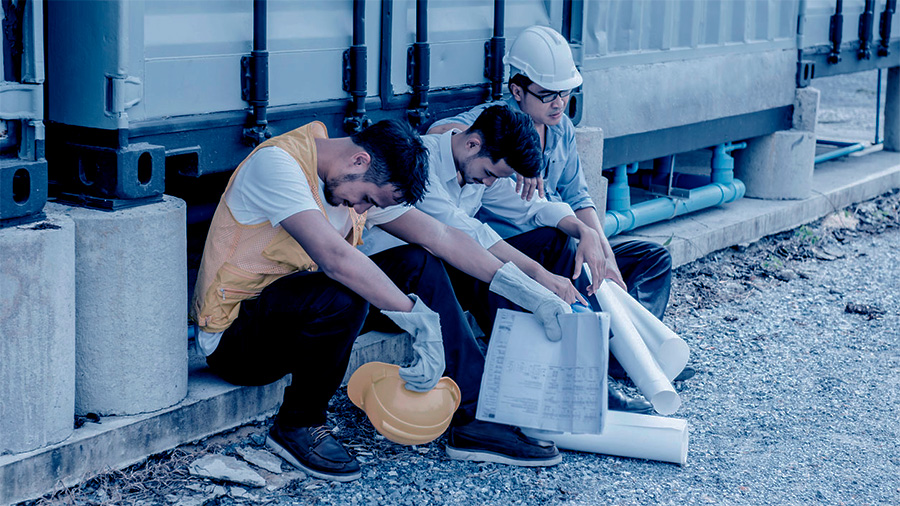The relationship between unemployment and inflation is a cornerstone of macroeconomic theory and policy. These two economic indicators are intricately linked, influencing each other in ways that shape national economies. Understanding how unemployment and inflation interact, particularly through frameworks like the Phillips Curve, helps policymakers make informed decisions to balance economic growth, price stability, and employment levels. This article explores the interplay between unemployment and inflation, explaining their relationship, the role of economic cycles, and the implications for policy decisions.
Unemployment and Inflation: Key Concepts
To understand the relationship between unemployment and inflation, it is essential to define both terms and recognize their economic significance.
What Is Unemployment?
Unemployment refers to the percentage of the labor force actively seeking work but unable to find employment. It is a key indicator of economic health, with lower unemployment generally signifying robust economic activity and higher productivity.
- Types of Unemployment: Unemployment is categorized into frictional (job transitions), structural (skills mismatch), and cyclical (economic downturns).
What Is Inflation?
Inflation is the rate at which prices of goods and services rise over time, reducing the purchasing power of money. Moderate inflation is a sign of healthy economic growth, but excessive inflation can destabilize economies.
- Measurement: Inflation is commonly measured using the Consumer Price Index (CPI) or the Producer Price Index (PPI).
While unemployment reflects labor market conditions, inflation signals changes in price levels and overall demand. Balancing these two indicators is vital for economic stability.

The Phillips Curve: Linking Unemployment and Inflation
The Phillips Curve is one of the most widely recognized economic models explaining the inverse relationship between unemployment and inflation. Developed by economist A.W. Phillips in the late 1950s, the curve demonstrates that when unemployment falls, inflation tends to rise, and vice versa.
Understanding the Phillips Curve
The Phillips Curve suggests that a lower unemployment rate leads to higher inflation due to increased demand for goods and services. Here’s how the dynamic works:
- When unemployment decreases, more people have jobs and incomes, increasing consumer spending.
- Higher demand for goods and services drives businesses to raise prices, leading to inflation.
- As businesses compete for workers, they offer higher wages, further fueling inflation through increased production costs.
Example: In the 1960s, many economies experienced a clear trade-off between inflation and unemployment, supporting the Phillips Curve framework.
Short-Term vs. Long-Term Phillips Curve
While the Phillips Curve is useful in the short term, its relationship weakens over time due to inflation expectations:
- Short-Term Phillips Curve: The inverse relationship holds as wages and prices adjust slowly to changes in unemployment.
- Long-Term Phillips Curve: Developed by Milton Friedman and Edmund Phelps, the long-term curve becomes vertical at the natural rate of unemployment. Over time, inflation expectations stabilize, and unemployment returns to its natural rate, regardless of inflation.
Thus, in the long run, attempts to reduce unemployment below its natural rate result in higher inflation without long-term gains in employment.
Real-World Scenarios: Unemployment and Inflation Dynamics
Historical and modern economic data illustrate how unemployment and inflation interact under different conditions. These scenarios highlight the complexities of balancing economic stability.
1. The 1970s Stagflation
During the 1970s, the U.S. and other global economies experienced “stagflation,” characterized by high inflation and high unemployment. This contradicted the traditional Phillips Curve relationship.
- Causes: Oil price shocks and supply chain disruptions drove up costs, while stagnant economic growth led to rising unemployment.
Impact: Policymakers learned that external supply-side shocks can disrupt the inflation-unemployment trade-off, highlighting limitations in the Phillips Curve.
2. Post-2008 Global Financial Crisis
After the 2008 financial crisis, unemployment surged while inflation remained low despite monetary stimulus policies.
- Factors: Weak consumer demand and falling commodity prices kept inflation subdued, even as central banks lowered interest rates to stimulate the economy.
Lesson: In periods of economic downturn, unemployment can rise without necessarily driving inflation higher.
3. COVID-19 Economic Disruption
The COVID-19 pandemic caused both unemployment spikes and inflationary pressures in certain markets. Disrupted supply chains led to higher prices, while widespread job losses highlighted the vulnerability of labor markets.
- Example: Shortages in semiconductors and other critical goods increased inflation, even as unemployment surged during lockdowns.
This scenario underscored the complexity of managing unemployment and inflation in the face of external shocks.

Policy Responses to Unemployment and Inflation
Policymakers, particularly central banks and governments, use monetary and fiscal tools to manage the relationship between unemployment and inflation. These tools aim to stabilize the economy and maintain an optimal balance between job creation and price control.
1. Monetary Policy
Central banks, like the Federal Reserve, use monetary policy to influence inflation and unemployment through interest rates and money supply adjustments:
- Lower Interest Rates: Reducing rates stimulates borrowing, spending, and investment, lowering unemployment but potentially increasing inflation.
- Higher Interest Rates: Raising rates curbs inflation by reducing spending and investment, which may increase unemployment.
Example: In the 1980s, the Federal Reserve raised interest rates sharply to combat inflation, but unemployment temporarily spiked as a result.
2. Fiscal Policy
Governments use fiscal policies like taxation and public spending to address unemployment and inflation:
- Stimulus Spending: Increased public spending on infrastructure, education, or healthcare creates jobs and reduces unemployment.
- Tax Cuts: Reducing taxes boosts consumer spending, leading to job growth but potentially increasing inflation.
Balancing fiscal measures ensures economic growth without overheating inflation or triggering unemployment spikes.
The Challenges of Managing Unemployment and Inflation
Managing unemployment and inflation is a delicate balancing act, as efforts to control one often impact the other. Challenges include:
- Inflation Expectations: If consumers and businesses anticipate rising inflation, wage and price increases can become self-reinforcing.
- Supply-Side Shocks: Events like oil crises, natural disasters, or pandemics can disrupt production, increasing inflation while unemployment rises.
- Globalization: International competition can suppress wage growth, reducing inflation but potentially leading to job losses in certain industries.
Effective policy responses require a nuanced understanding of economic dynamics and external influences.
Conclusion
The interplay between unemployment and inflation is complex, influenced by economic cycles, policy decisions, and external shocks. The Phillips Curve provides a foundational framework for understanding their inverse relationship, though real-world scenarios often reveal exceptions. Policymakers must strike a delicate balance between reducing unemployment and controlling inflation to ensure economic stability. By leveraging tools like monetary and fiscal policies, governments and central banks can respond effectively to changing economic conditions, fostering growth while mitigating risks.




